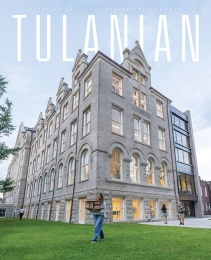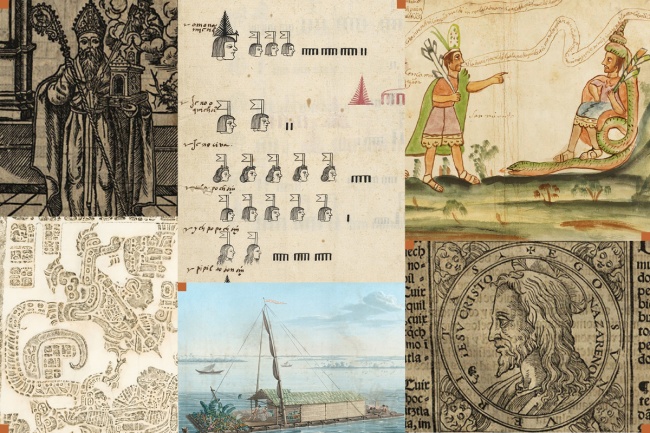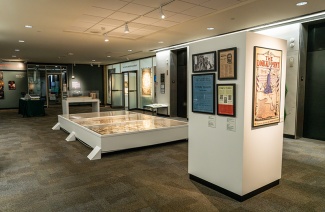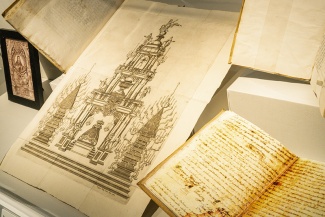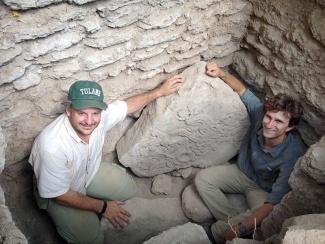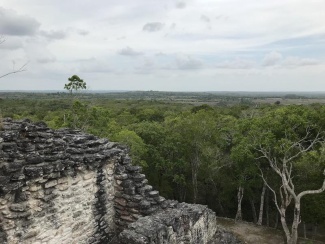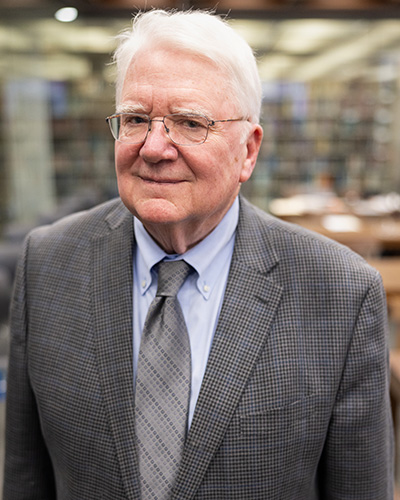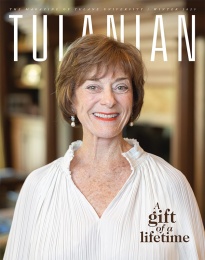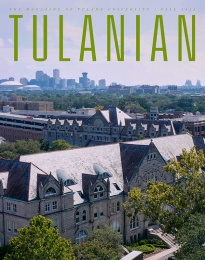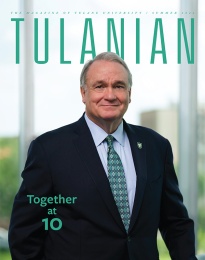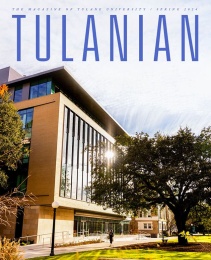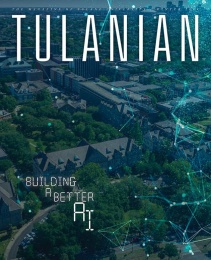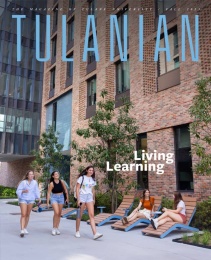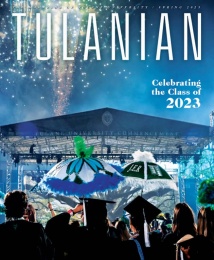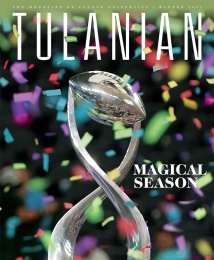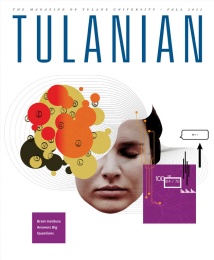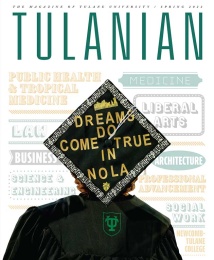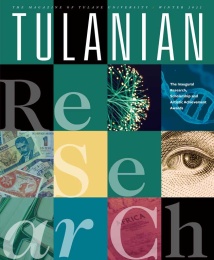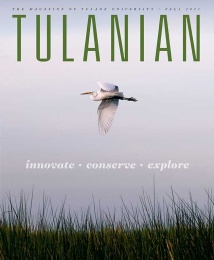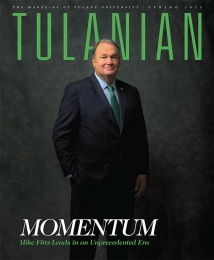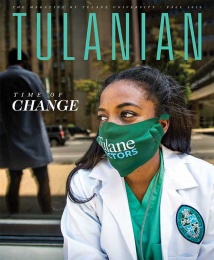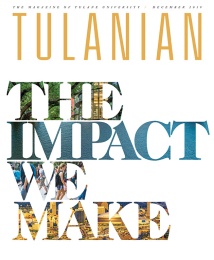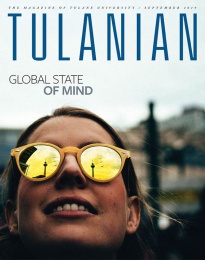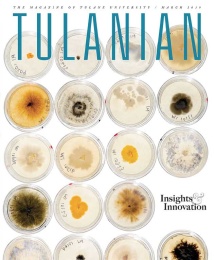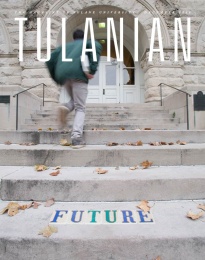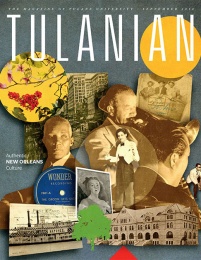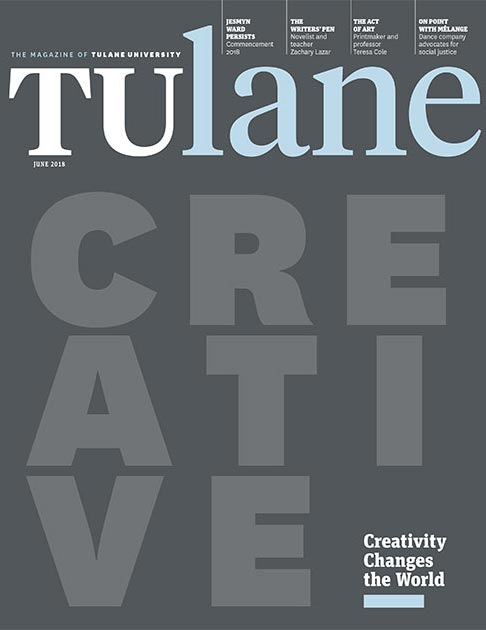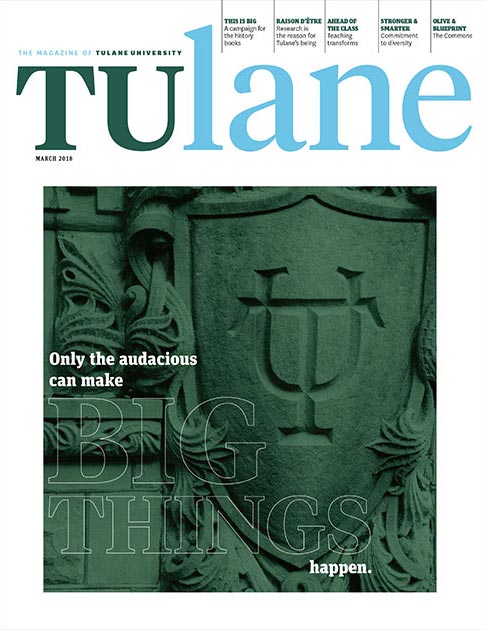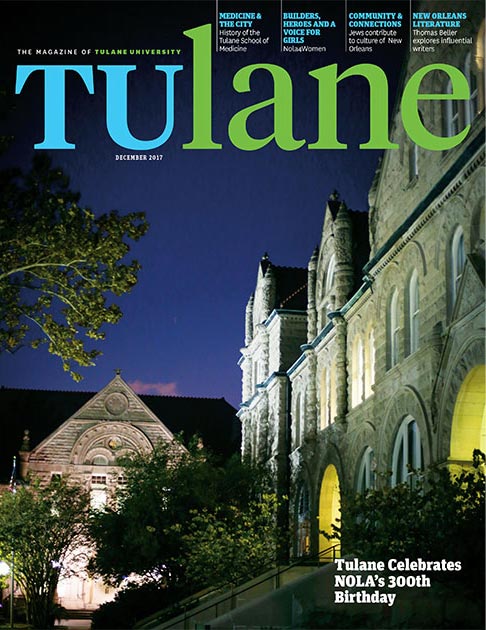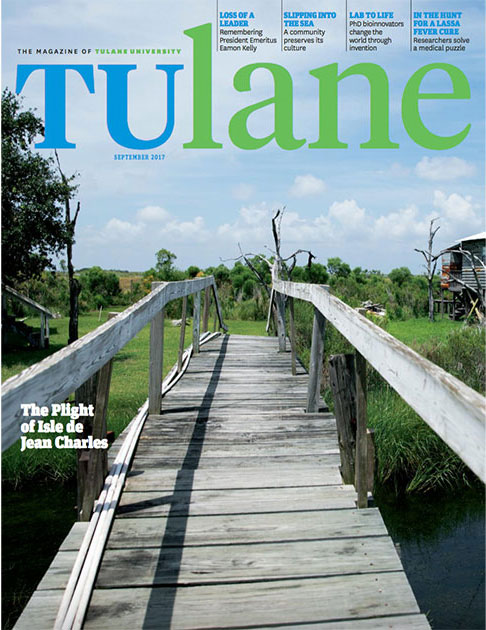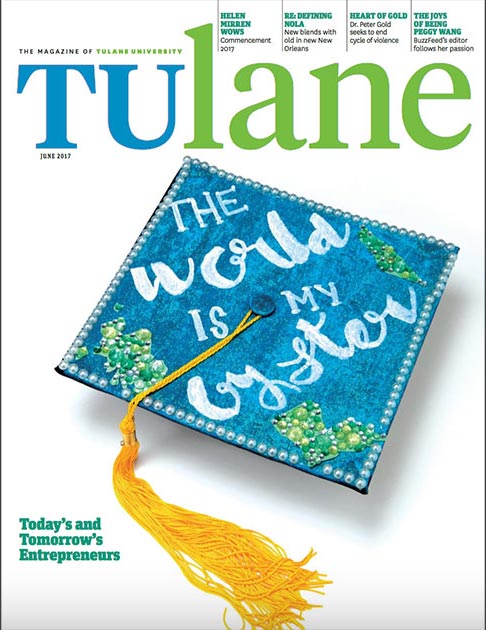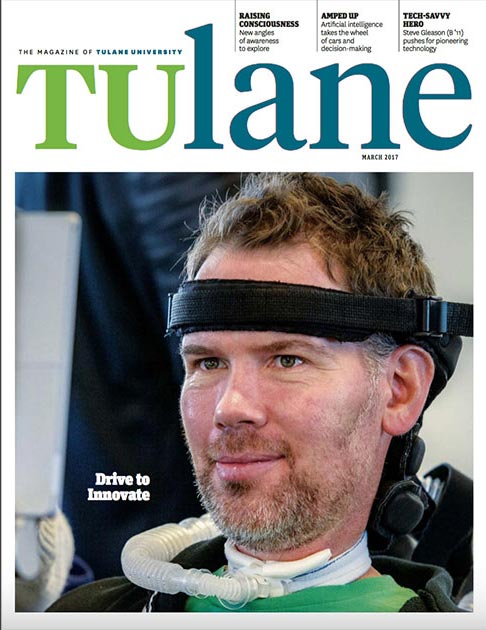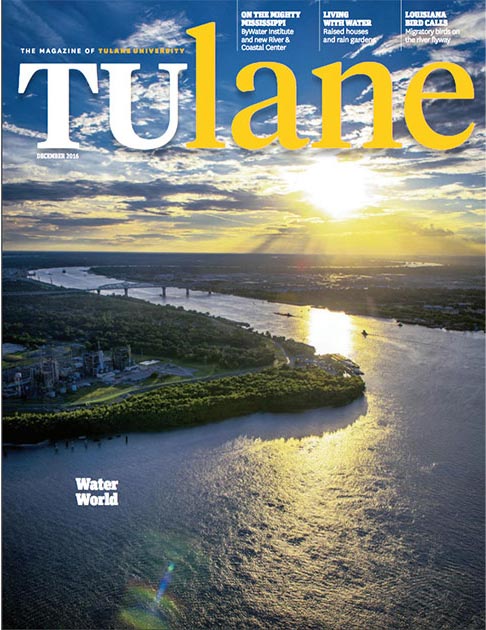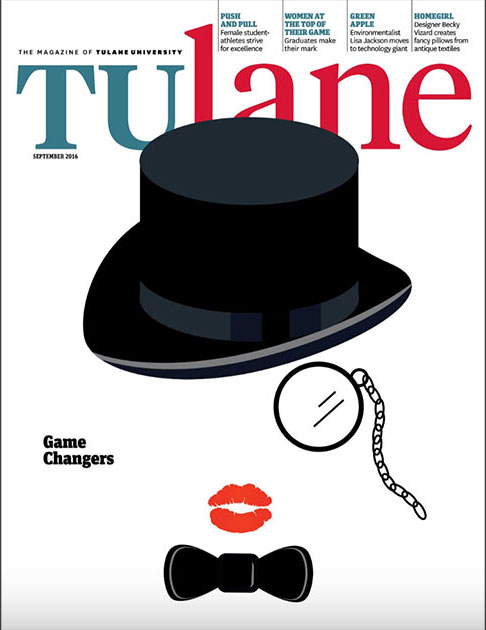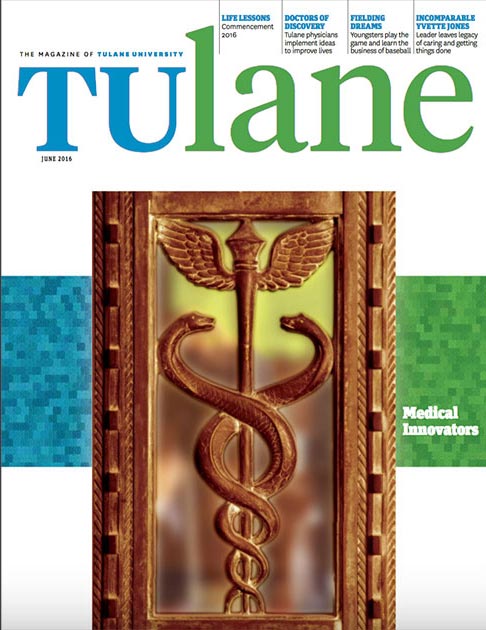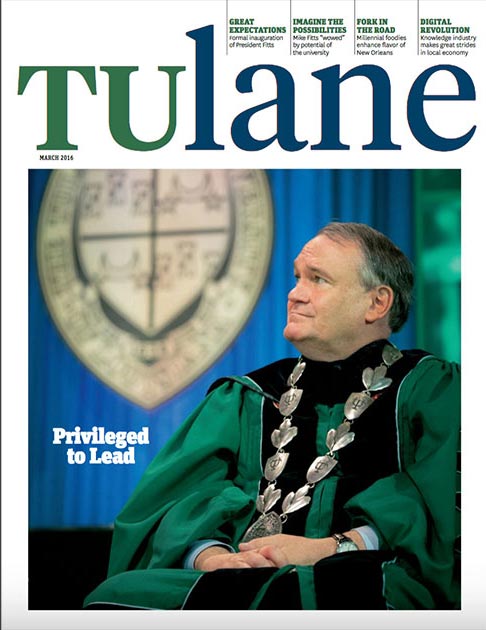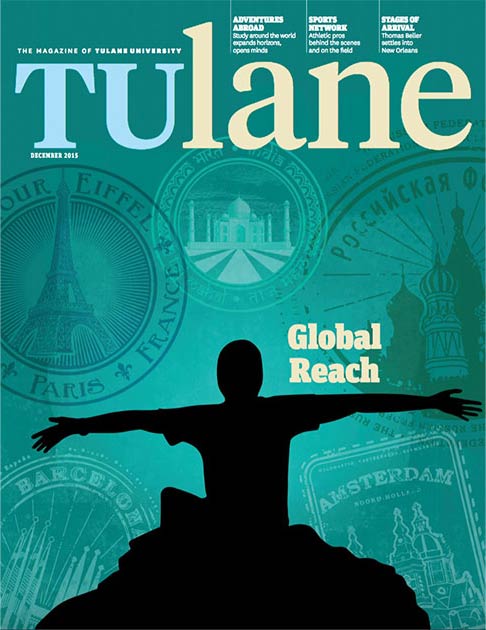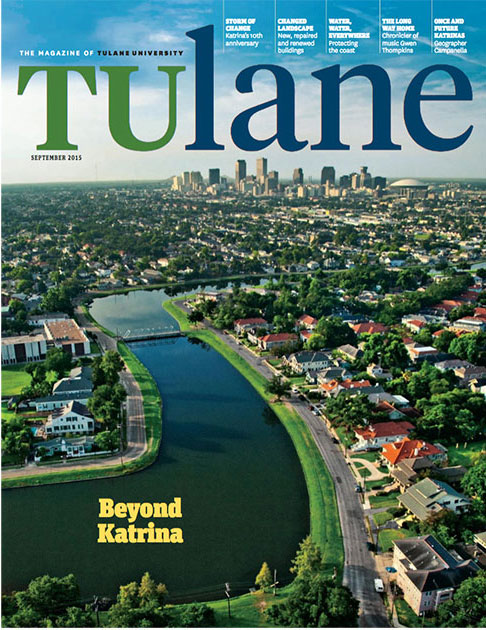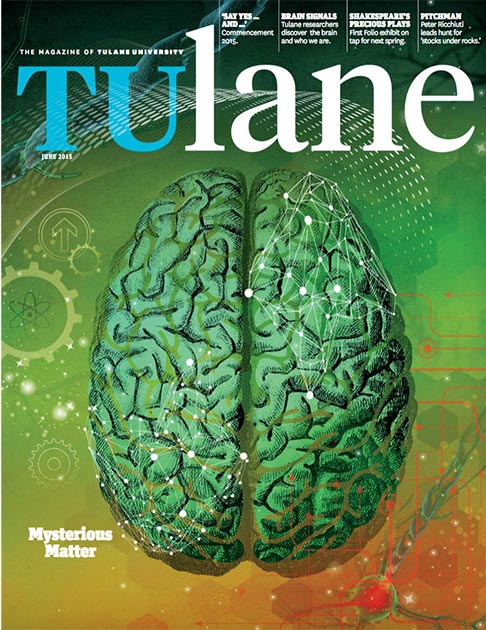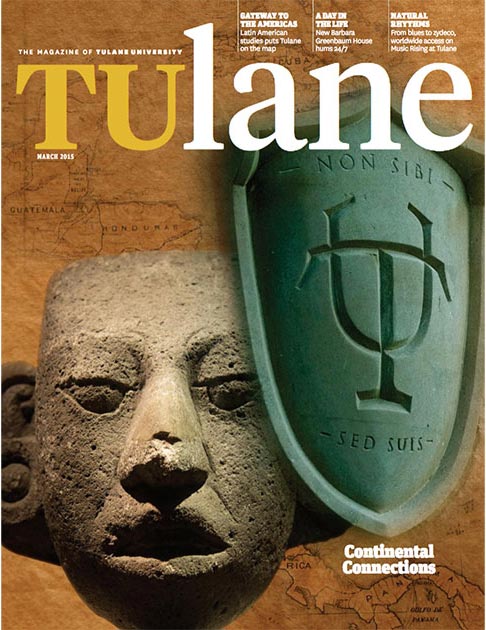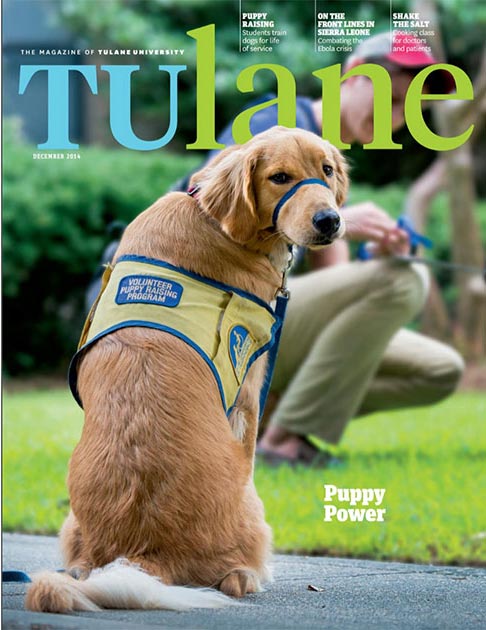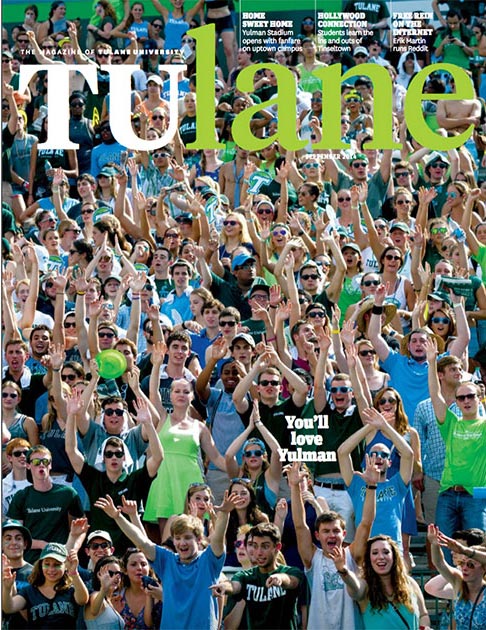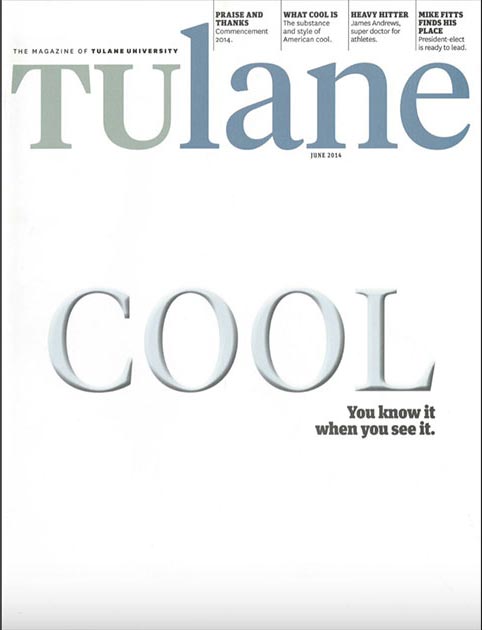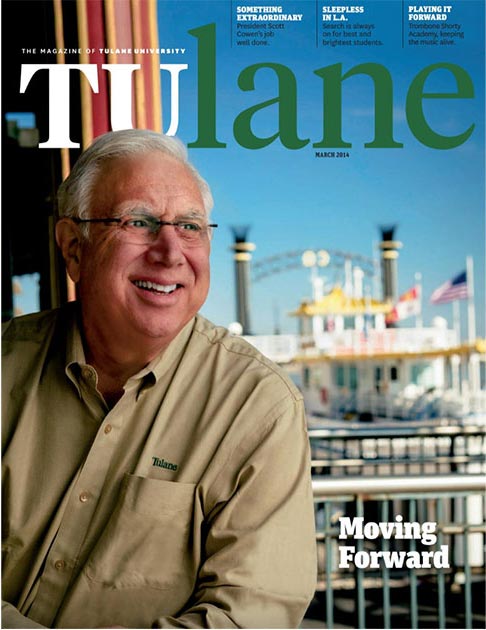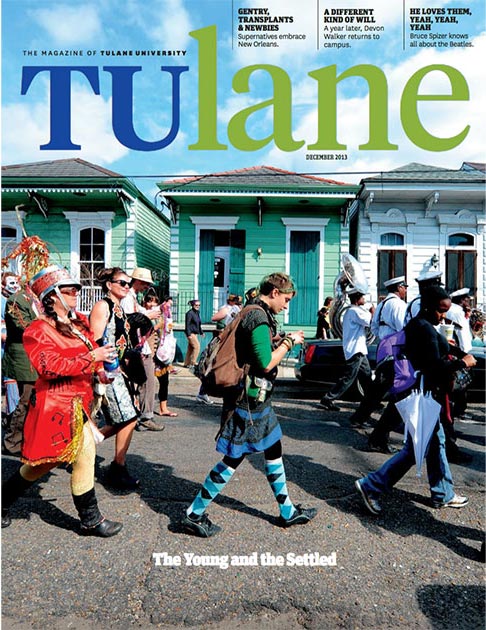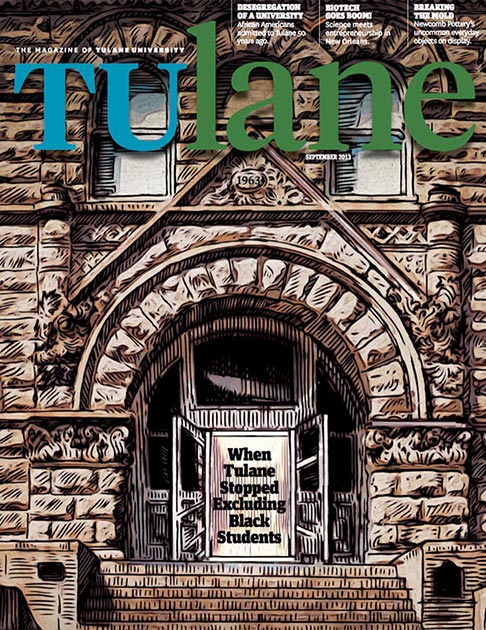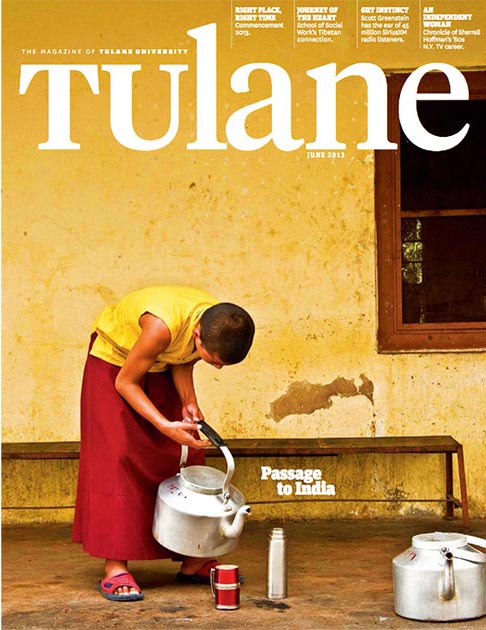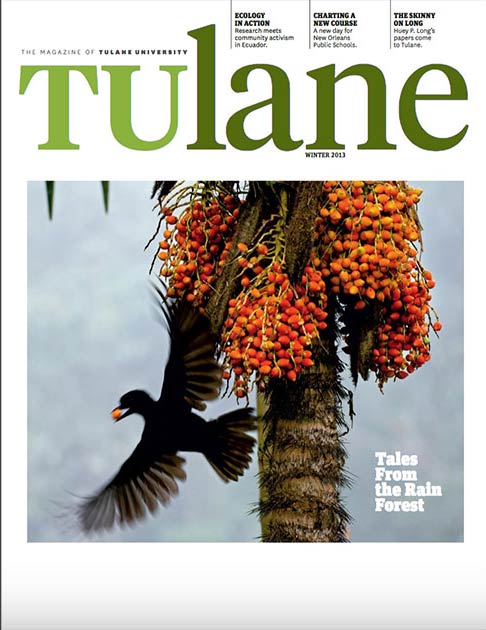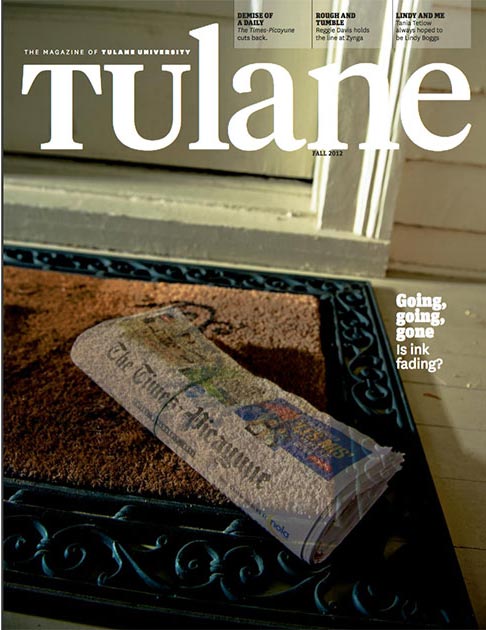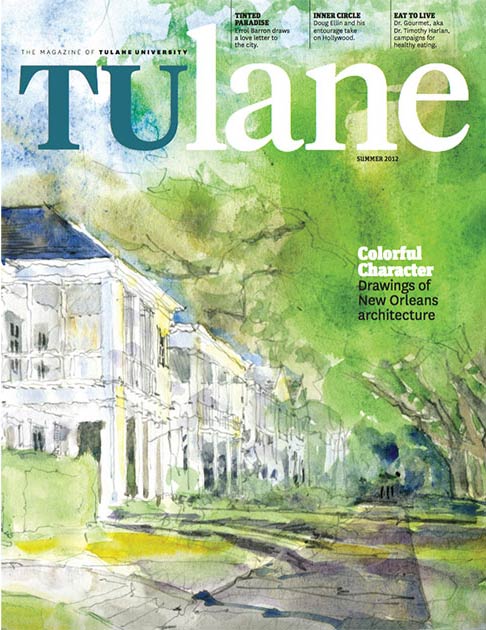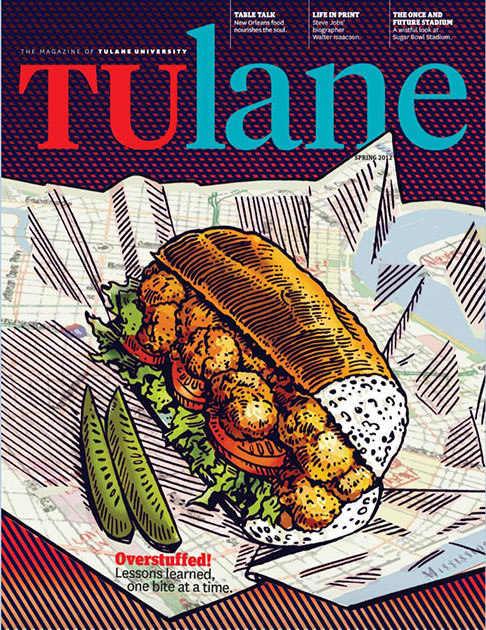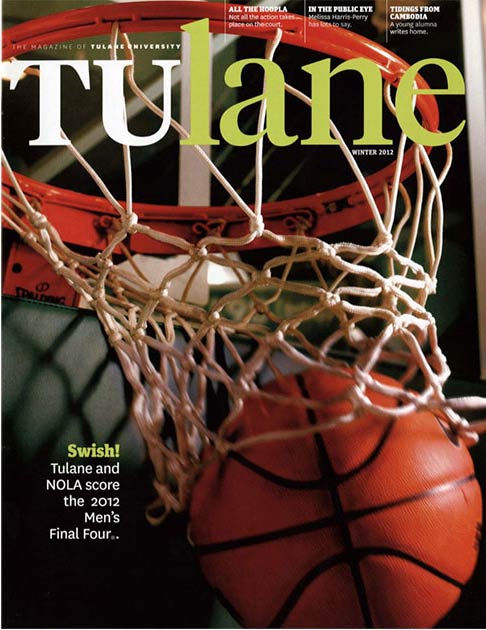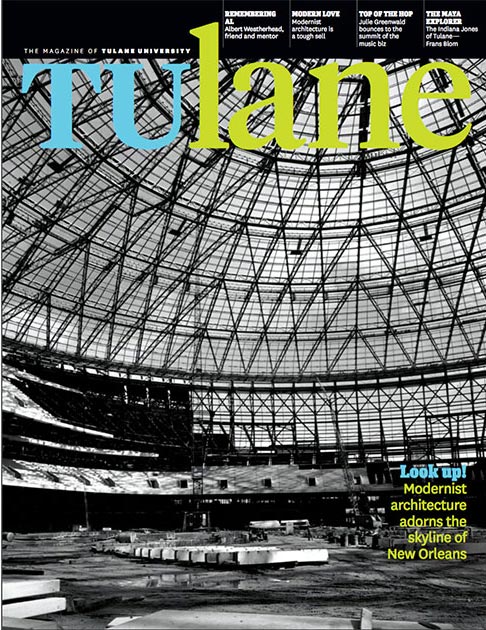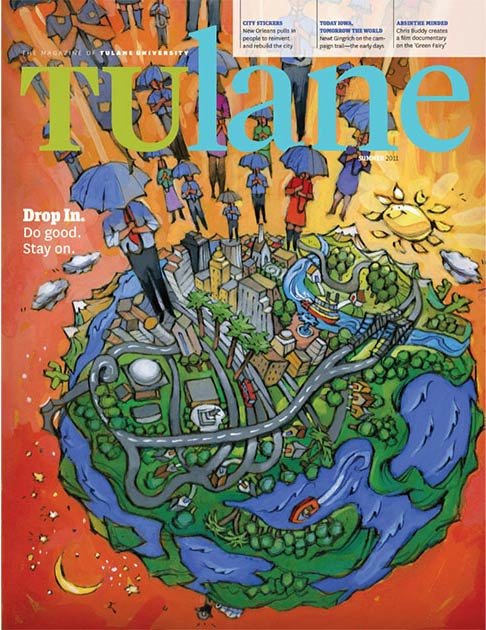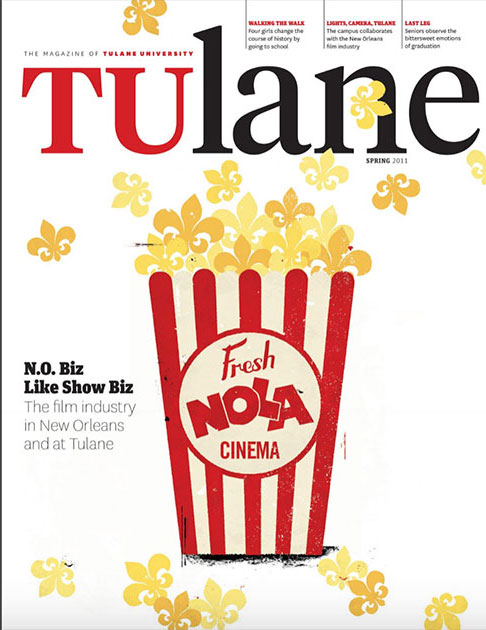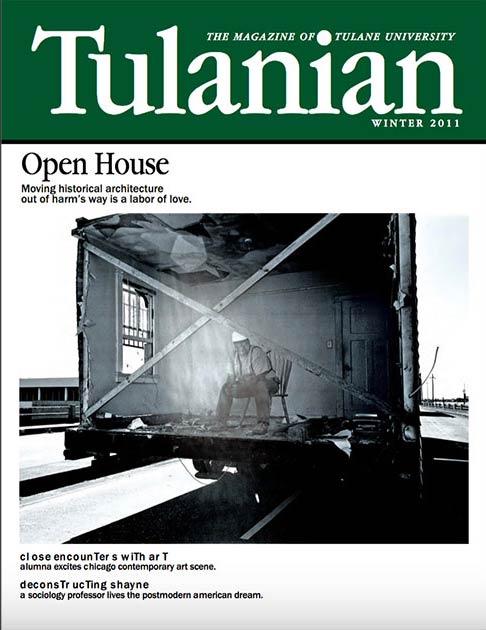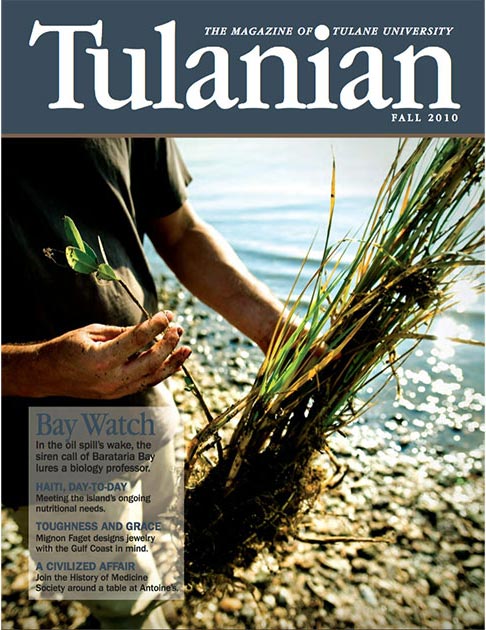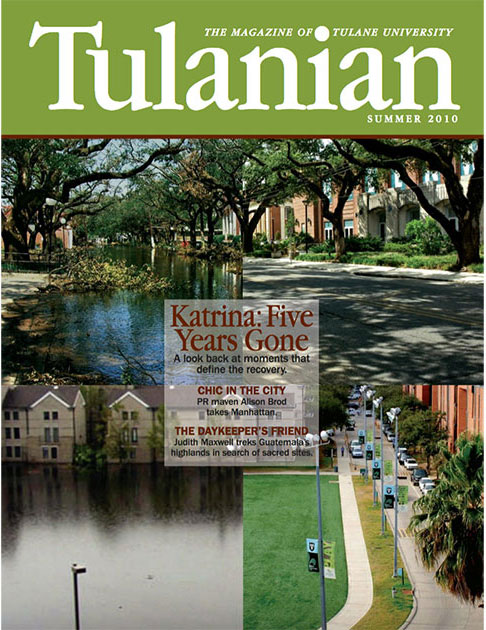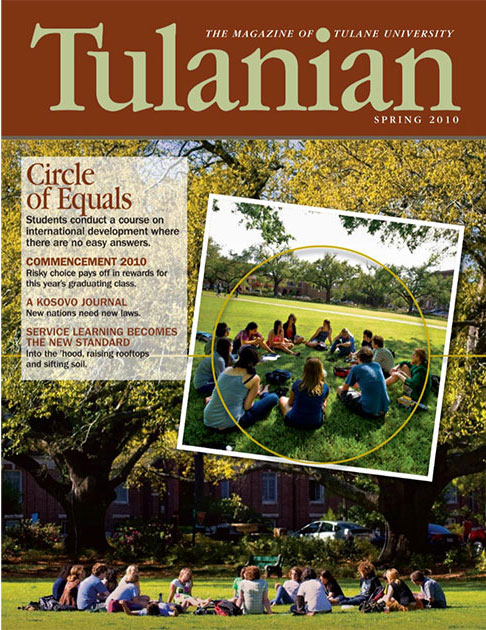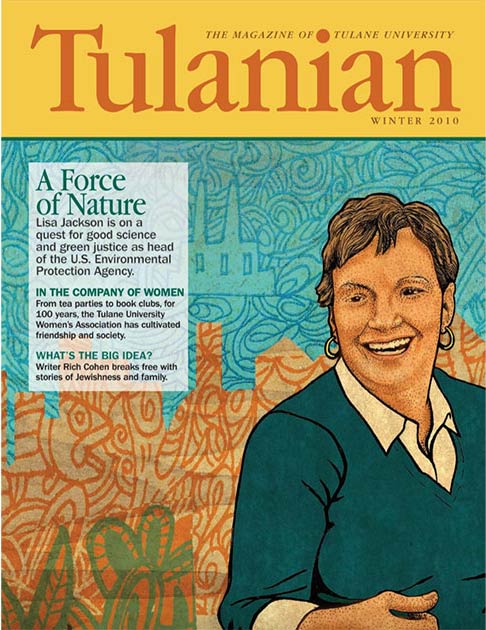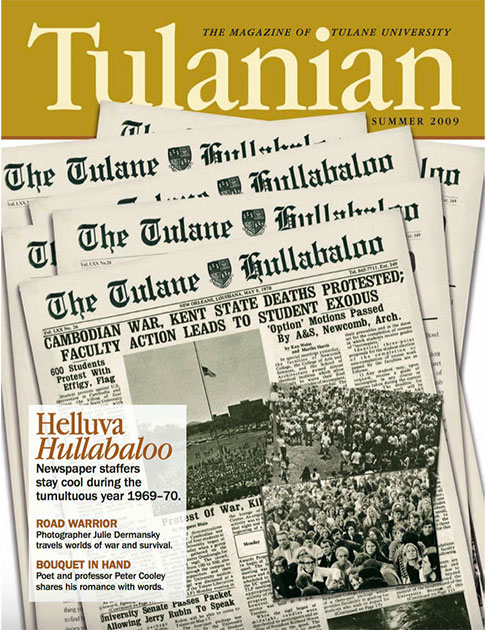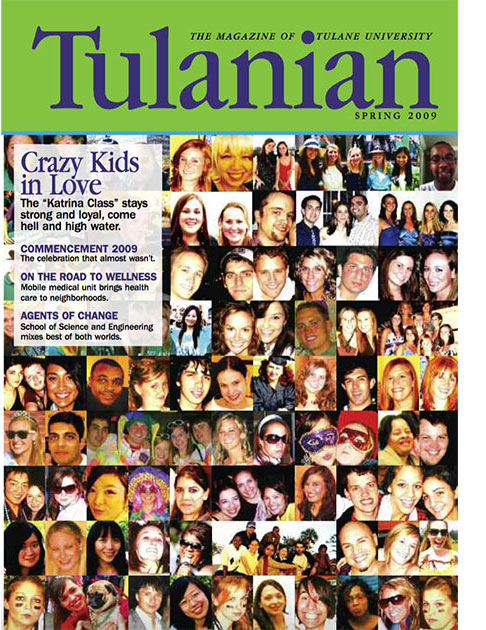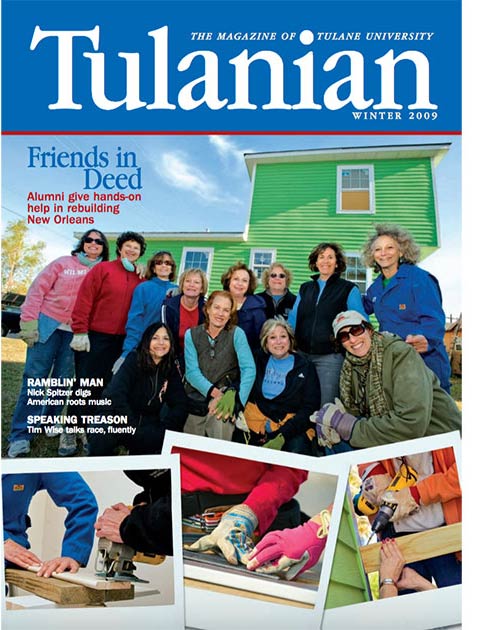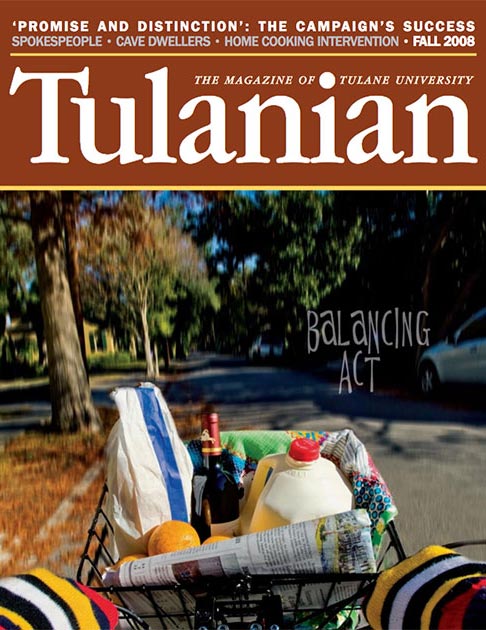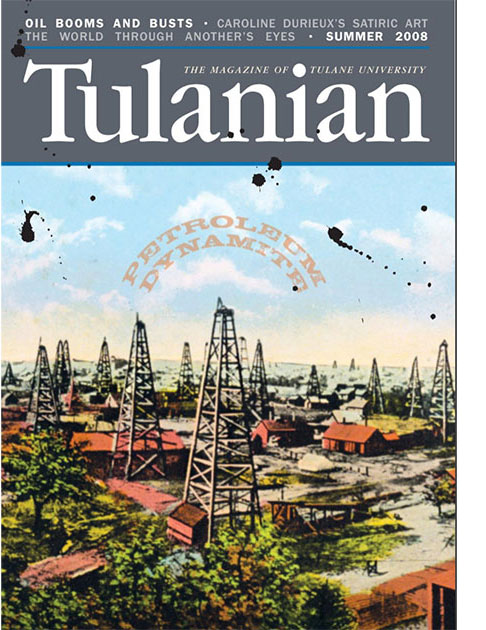A native of Colombia, Sofia Jaramillo, a senior majoring in economics and environmental studies, was attracted to Tulane because of the Stone Center and Tulane’s stellar Latin American Studies program. She called Tulane “a home away from home” — an institution where she could access top-tier education while staying closely connected to Latin America.
“I chose to leave Colombia to study at Tulane because I wanted to pursue the best education possible in sustainability and economics while maintaining a strong connection to my home region,” said Jaramillo.
Four years later, her Tulane experience is all that she hoped for and more. She has connected with more than 100 Latin American students and forged invaluable relationships with professors from the region, particularly those in economics and environmental studies. She said her favorite class has been “Economic Development of Latin America,” taught by John H. Edwards, a professor of economics at Tulane since 1991.
She said the course provided an in-depth economic perspective on why Latin America has lagged behind Asia, Europe and North America in economic development. “It was a challenging yet highly rewarding experience, as we examined over 30 research articles with detailed regression analysis to draw meaningful conclusions. As someone born and raised in Colombia, it was incredibly fulfilling to engage with this research and contribute my own experiences to class discussions.”
Although Jaramillo is pursuing jobs in sustainability in the U.S., she plans to return to Colombia eventually. “Colombia is a country rich in biodiversity and natural resources,” she said, “but there is still significant work needed to ensure their preservation. My ultimate goal is to leave a lasting impact on sustainability efforts in Colombia.”
Carmen Alocer, a junior majoring in Latin American Studies, said her Tulane experience has far exceeded her expectations. Since stepping onto campus three years ago, the Tennessee native has studied abroad in Argentina, interned at M.A.R.I. and participated in an array of programs at the Stone Center and the Latin American Library.
Although she initially planned to double major in art history and studio art, she took so many electives in Latin American Studies that adding a third major seemed like a very realistic possibility. She did just that.
“At the end of my sophomore year, I sat down with my academic advisor and realized I had taken enough Latin American Studies classes out of interdisciplinary interest to have achieved a minor. I only needed a handful more to complete a major. I then found myself declaring for a third major, with a clear path ahead of me as to how I’d achieve this goal.”
Alcocer plans to graduate in May 2026, and while she hasn’t decided if she will go on to graduate school immediately or pursue gallery work in the private sector, she ultimately wants to teach at the college level.
"I feel so lucky to be able to trace connections between my passions and to have the Latin American Studies department support me in understanding these connections," she said.
Auld-Thomas agreed on the impact of his Tulane experience, describing it as an "opportunity that simply wouldn't have been available to me anywhere else. My entire career trajectory up to this point has come down to my good fortune to be at the right place at the right time."
